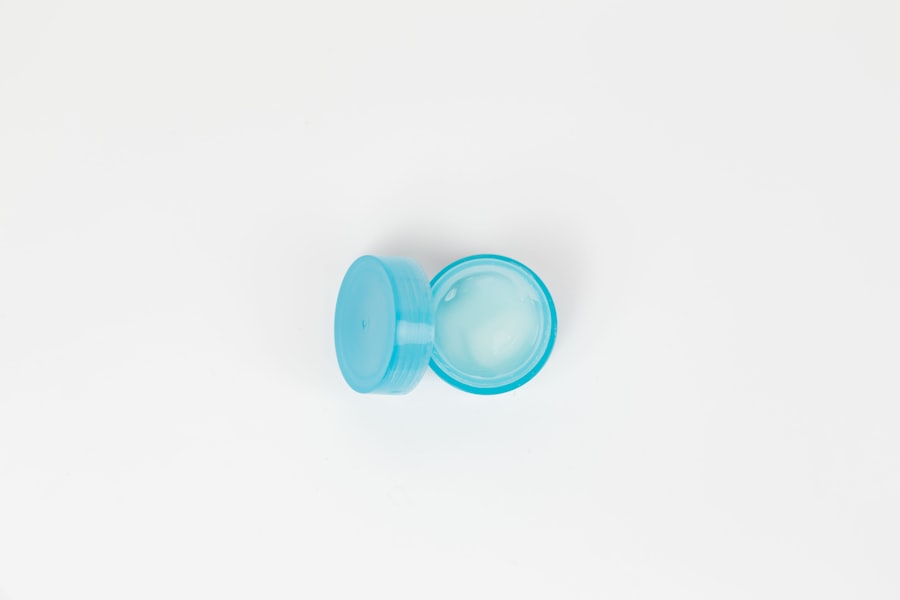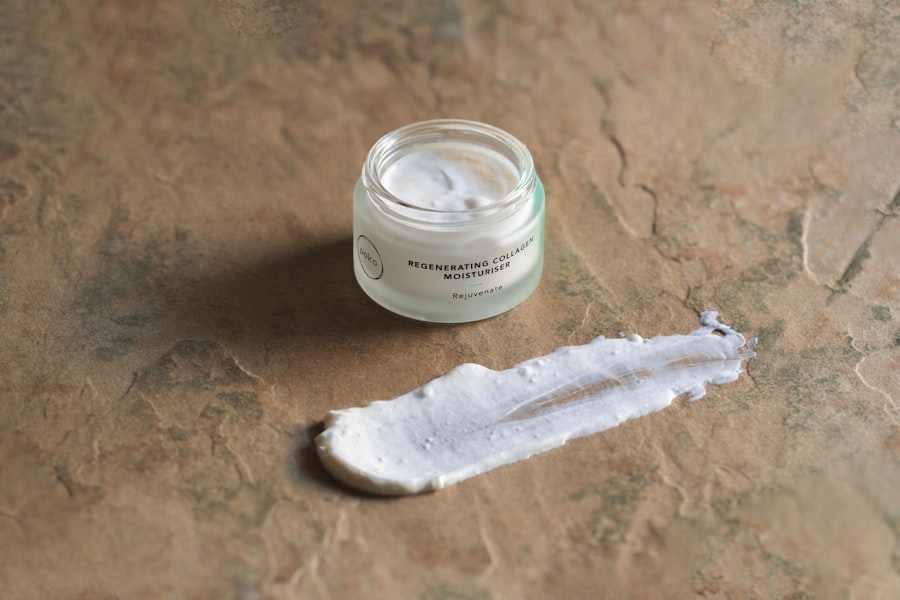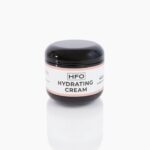When you undergo a skin treatment, whether it’s a chemical peel, laser therapy, or microdermabrasion, it’s essential to grasp the healing process that follows. Your skin is a remarkable organ, capable of regeneration and repair, but it requires time and care to recover fully. Initially, you may notice redness, swelling, or even peeling as your skin reacts to the treatment.
This is a natural response as your body works to shed damaged cells and promote new growth. Understanding this process can help you manage your expectations and take the necessary steps to support your skin during its recovery. As you navigate through the healing journey, it’s crucial to remember that everyone’s skin responds differently.
Factors such as skin type, age, and the specific treatment you received can influence how quickly and effectively your skin heals. You might find that while some people experience minimal downtime, others may need more time for their skin to return to its normal state. By being patient and attentive to your skin’s needs, you can foster an environment that encourages healing and minimizes complications.
Key Takeaways
- Understanding the healing process is crucial for effective post-treatment care
- Proper sun protection is essential to prevent damage and aid in the healing process
- Avoiding irritating products can help prevent further discomfort and redness
- Moisturizing and hydrating the skin is key for promoting healing and maintaining skin health
- A gentle cleansing routine is important for post-treatment care and long-term maintenance
Proper Sun Protection
One of the most critical aspects of post-treatment care is sun protection. After undergoing a skin treatment, your skin becomes more sensitive and vulnerable to UV rays. This increased sensitivity can lead to hyperpigmentation or other adverse effects if you don’t take the necessary precautions.
Therefore, applying a broad-spectrum sunscreen with an SPF of at least 30 is non-negotiable. You should make it a habit to apply sunscreen daily, even on cloudy days or when you’re indoors, as UV rays can penetrate windows. In addition to using sunscreen, consider wearing protective clothing and seeking shade whenever possible.
A wide-brimmed hat can shield your face from direct sunlight, while sunglasses can protect your eyes and the delicate skin around them. Remember that sun protection is not just a one-time effort; it should be an integral part of your daily skincare routine, especially after any treatment that compromises your skin barrier. By prioritizing sun safety, you can significantly enhance your healing process and maintain the results of your treatment.
Avoiding Irritating Products

After a skin treatment, your skin may be more susceptible to irritation from various products. It’s essential to be mindful of what you apply to your skin during this sensitive period. Harsh cleansers, exfoliants, or products containing alcohol can exacerbate redness and discomfort.
Instead, opt for gentle formulations that are free from fragrances and irritants. Look for products labeled as hypoallergenic or designed for sensitive skin to minimize the risk of adverse reactions. In addition to avoiding irritating ingredients, it’s wise to refrain from introducing new products into your routine immediately after treatment.
Your skin needs time to adjust and heal, so sticking to a simple regimen with minimal products can be beneficial. If you’re unsure about what to use, consult with your dermatologist or skincare professional for recommendations tailored to your specific needs.
Moisturizing and Hydrating the Skin
| Product | Moisturizing Level | Hydrating Level |
|---|---|---|
| Lotion A | High | Medium |
| Cream B | Medium | High |
| Serum C | High | High |
Keeping your skin moisturized and hydrated is vital for promoting healing after any treatment. A well-hydrated skin barrier is more resilient and better equipped to recover from trauma. Look for moisturizers that contain soothing ingredients like hyaluronic acid, glycerin, or ceramides, which can help lock in moisture and support the skin’s natural barrier function.
Applying moisturizer regularly will not only alleviate dryness but also create a protective layer that shields your skin from environmental stressors. In addition to using topical moisturizers, consider incorporating hydrating practices into your daily routine. Drinking plenty of water is essential for maintaining overall hydration levels in your body and skin.
You might also explore using a humidifier in your home, especially in dry climates or during winter months when indoor air tends to be less humid. By prioritizing hydration both inside and out, you can significantly enhance your skin’s ability to heal and recover.
Gentle Cleansing Routine
Establishing a gentle cleansing routine is another crucial step in caring for your skin post-treatment. After undergoing a procedure, your skin may be more sensitive than usual, making it essential to choose a mild cleanser that won’t strip away natural oils or cause irritation. Look for sulfate-free formulas that cleanse without harsh surfactants.
You should aim to cleanse your face twice daily—once in the morning and once before bed—to remove impurities without over-exfoliating or irritating the skin. When cleansing, be sure to use lukewarm water rather than hot water, as hot temperatures can exacerbate redness and discomfort. Gently massage the cleanser onto your skin using your fingertips in circular motions, avoiding any aggressive scrubbing or rubbing.
After rinsing, pat your face dry with a soft towel instead of rubbing it vigorously. This gentle approach will help maintain your skin’s integrity while ensuring it remains clean and free from debris.
Post-Treatment Care

Post-treatment care is paramount in ensuring that you achieve the best possible results from your skincare procedure. Following the specific aftercare instructions provided by your dermatologist or skincare professional is essential for minimizing complications and promoting healing. This may include avoiding certain activities such as swimming or intense workouts for a specified period, as sweat and chlorine can irritate freshly treated skin.
Additionally, consider scheduling follow-up appointments with your skincare provider to monitor your progress and address any concerns that may arise during the healing process. They can offer personalized advice based on how your skin is responding and make adjustments to your post-treatment care plan if necessary. By staying proactive about post-treatment care, you can enhance the effectiveness of your procedure and enjoy long-lasting results.
Managing Discomfort and Redness
Experiencing discomfort or redness after a skin treatment is common, but there are effective strategies for managing these symptoms. Over-the-counter anti-inflammatory medications like ibuprofen can help alleviate pain and reduce swelling if needed. However, always consult with your healthcare provider before taking any medication to ensure it’s appropriate for your situation.
In addition to medication, consider using cold compresses or ice packs wrapped in a cloth to soothe inflamed areas. Applying these compresses for short intervals can provide immediate relief from discomfort and help reduce redness. You might also explore calming skincare products containing ingredients like aloe vera or chamomile, known for their soothing properties.
By taking proactive steps to manage discomfort and redness, you can make the healing process more comfortable.
Long-Term Maintenance
Once your skin has healed from treatment, establishing a long-term maintenance routine is crucial for preserving the results you’ve achieved. This involves continuing with sun protection measures daily and incorporating products that support healthy skin function.
Additionally, consider scheduling regular maintenance treatments as recommended by your skincare professional. These could include periodic facials, chemical peels, or laser sessions designed to maintain the benefits of your initial treatment while addressing any new concerns that may arise over time. By committing to a long-term skincare regimen and staying engaged with your skincare provider, you can ensure that your skin remains healthy and radiant for years to come.
In conclusion, understanding the healing process after a skin treatment is vital for achieving optimal results. By prioritizing sun protection, avoiding irritating products, moisturizing effectively, maintaining a gentle cleansing routine, adhering to post-treatment care guidelines, managing discomfort, and committing to long-term maintenance strategies, you can support your skin’s recovery and enjoy lasting benefits from your treatments. Your journey toward healthier skin requires patience and dedication, but with the right approach, you can achieve the glowing complexion you desire.
If you’re looking for more information on laser hair removal, you may want to check out this article on common myths about laser hair removal. This article debunks some of the misconceptions surrounding the procedure and provides valuable insights for those considering it. It’s always important to educate yourself before undergoing any cosmetic treatment to ensure you make informed decisions about your skincare routine.
FAQs
What is laser hair removal?
Laser hair removal is a cosmetic procedure that uses a concentrated beam of light (laser) to remove unwanted hair. The laser targets the pigment in the hair follicles, damaging them and inhibiting future hair growth.
How does laser hair removal affect the skin?
Laser hair removal can cause temporary redness, swelling, and discomfort in the treated area. In some cases, it can also lead to changes in skin pigmentation, blistering, or scarring, although these are rare.
What are some tips for taking care of the skin after laser hair removal?
Some tips for taking care of the skin after laser hair removal include:
1. Avoiding sun exposure and using sunscreen
2. Keeping the treated area clean and moisturized
3. Avoiding hot showers and baths
4. Avoiding picking or scratching the treated area
5. Following any specific post-treatment instructions provided by the practitioner
How long does it take for the skin to recover after laser hair removal?
The skin typically recovers within a few days to a week after laser hair removal. However, it may take longer for any redness or swelling to completely subside.
Are there any long-term effects of laser hair removal on the skin?
In some cases, laser hair removal can cause long-term changes in skin pigmentation, particularly in individuals with darker skin tones. It is important to consult with a qualified practitioner to discuss any potential long-term effects before undergoing the procedure.





